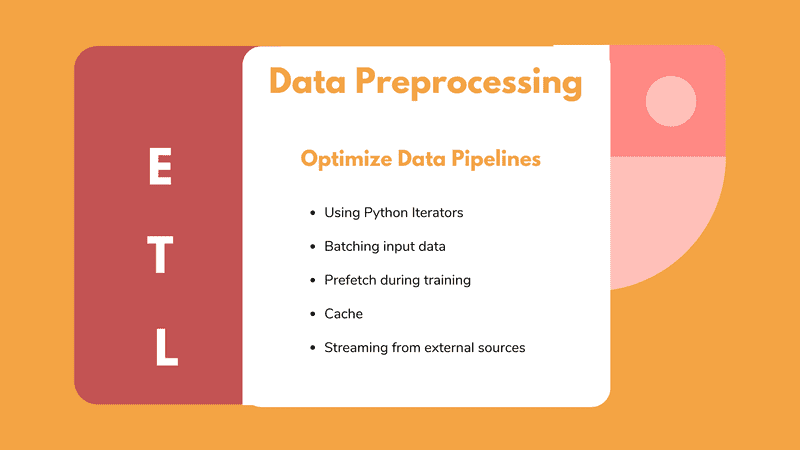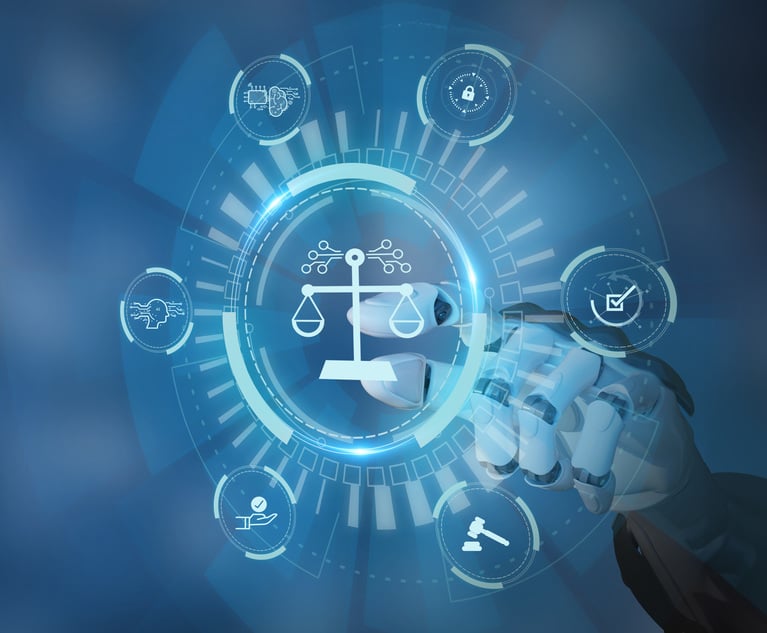On May 16, 2024, the DOL announced the issuance of a set of principles providing employers and developers that create and deploy AI with guidance for designing and implementing these technologies (DOL: Artificial Intelligence and Worker Well-Being: Principles and Best Practices for Developers and Employers).
While recognizing the benefits and potential risks of AI, the Principles are designed to protect workers’ rights and improve workplace quality as employers adopt new AI workplace systems. The AI Principles reflect a comprehensive approach to integrating artificial intelligence into the workplace while addressing ethical considerations and ensuring accountability. Here’s a breakdown of key points:
According to the DOL, AI systems should center worker empowerment, especially underserved communities, and workers should have input into the design, development, testing, training, use, and oversight of AI systems used in the workplace. In other words, the Principles emphasize transparency in AI systems, ensuring that stakeholders understand how AI decisions are made, which is crucial for maintaining accountability and trust.
Upon implementation of AI systems, the DOL provides that there should be clear procedures and policies for the use of AI in the workplace. This not only helps protect workers but also ensures that the employer can adequately protect its confidential and trade secret information.
Further, the DOL recommends that AI systems should be designed in a way that protects workers. In this regard, it is the DOL’s position that AI should complement and enable workers while improving job quality. In the unfortunate case of jobs being negatively affected by the implementation of AI, the DOL recommends that employers support and/or upskill affected workers.
Finally, the DOL’s AI Principles also provide warnings regarding the protection of employee rights. Specifically, the DOL hopes to ensure that AI systems do not interfere or otherwise interfere with employees’ federally protected rights, health, or safety and do not perpetuate or exacerbate biases.
Based on the AI Principles, which are non-binding guidance, it is clear that the DOL is concerned about job loss and interference with worker rights as a result of AI implementation. The DOL has been hands-on in issuing guidance relating to AI, and the AI Principles can be interpreted as an attempt to regulate the use of AI in the absence of binding federal legislation. Employers should pay special attention to all legal authority relating to AI in this rapidly evolving landscape.




